Laila Gohar throws a Dia de Ñoquis-style feast
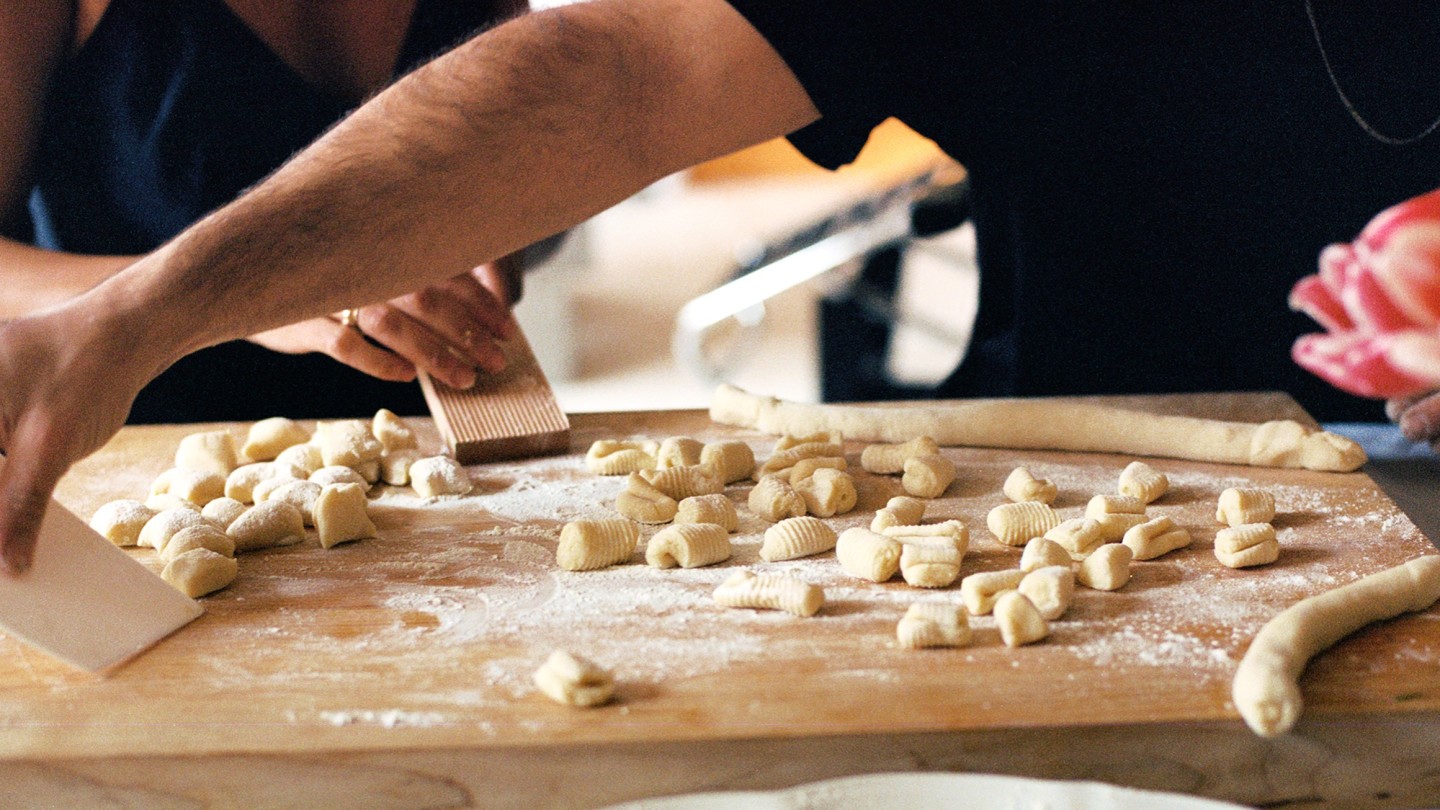
Roula Khalaf, Editor of the FT, selects her favourite stories in this weekly newsletter.
I am not big on traditional holidays, opting instead to make up new traditions and reasons to celebrate. In the past few months I’ve celebrated a tomato festival, as well as a fava party, and made the case for cabbage. Part of the reason I enjoy these celebrations is because they highlight common ingredients that are often overlooked. They are also free of religious connotation, which to me is important as I’m often celebrating with a chosen family of friends that is made up of people of all backgrounds. (As an immigrant to New York City, I have spent years cultivating a family here. My actual family is scattered all over the world – from our hometown of Cairo to Istanbul, Paris and beyond.) One of the beautiful things about having a diverse, blended family is that you can borrow traditions from each other.
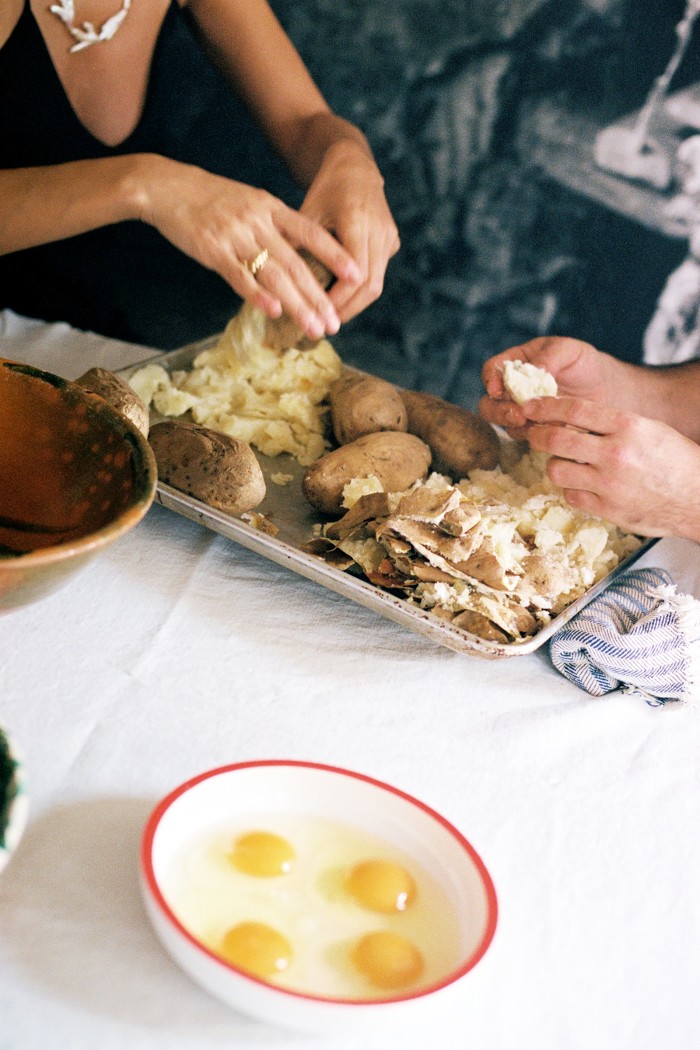
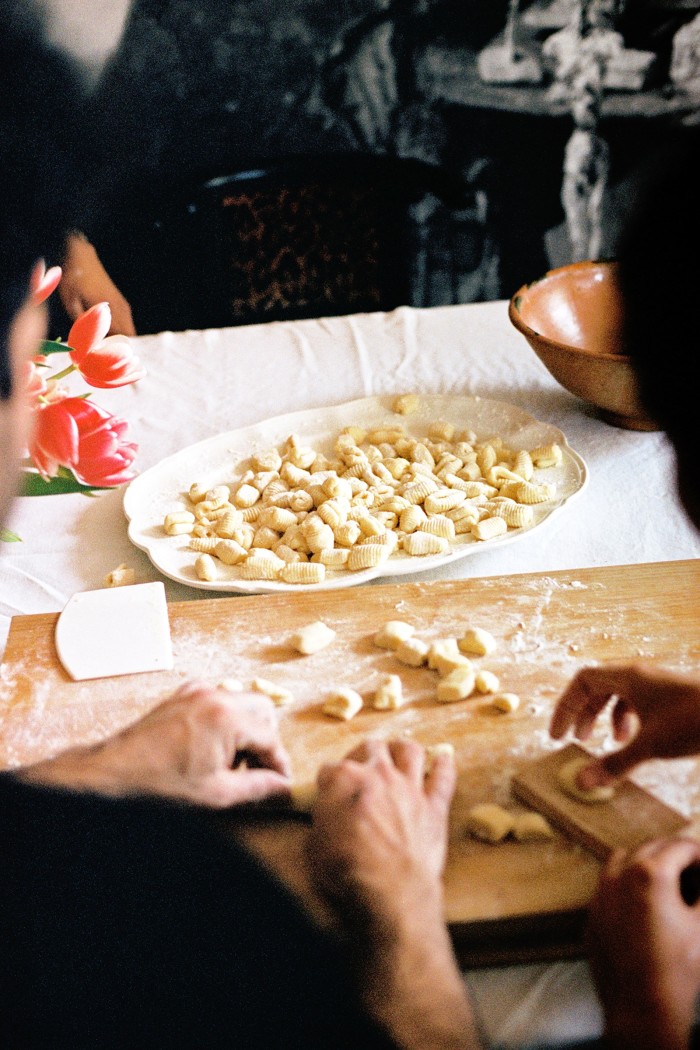
My partner Ignacio, who is from Uruguay, shared with me the story behind Dia de Ñoquis – the Day of Gnocchi. Families in Uruguay, Argentina and beyond gather together on the 29th of each month to make gnocchi together. The tradition arrived with Italian immigrants in the 19th century, and is believed to fall on the 29th as it’s just before payday, when money was tight and there wasn’t much left beyond potatoes and flour.
Gnocchi is one of those dishes that is greater than the sum of its parts. The dumpling itself is made of just potatoes, flour and eggs, but when combined they create a fluffy little pillow that, to me, feels like a hug in food form. For a recent Sunday afternoon with friends, I decided to call our friend Bruno Braselli, who once made me a plate of gnocchi I’ve thought about after every other plate of gnocchi I’ve ever had. Often when I eat something I really enjoy, it leaves a little impression in my mind that I revisit for years after. This is a blessing and a curse. A blessing because I think it makes you a better cook to have that kind of memory; and a curse because it makes you set your bar quite high. Bruno is an esteemed chef, and agreed to come show me how his family has made gnocchi for many generations.
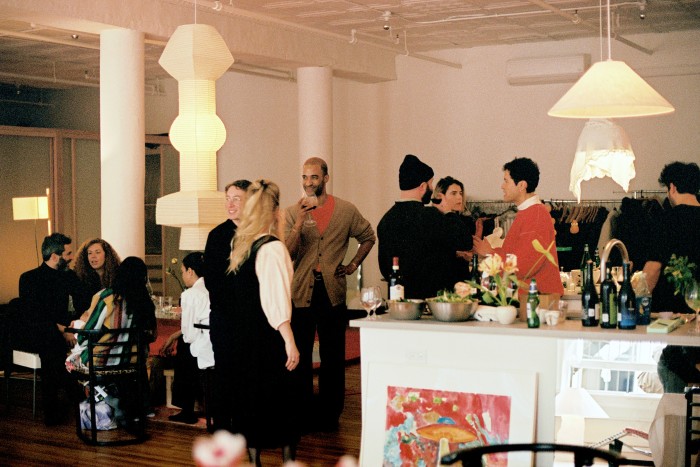
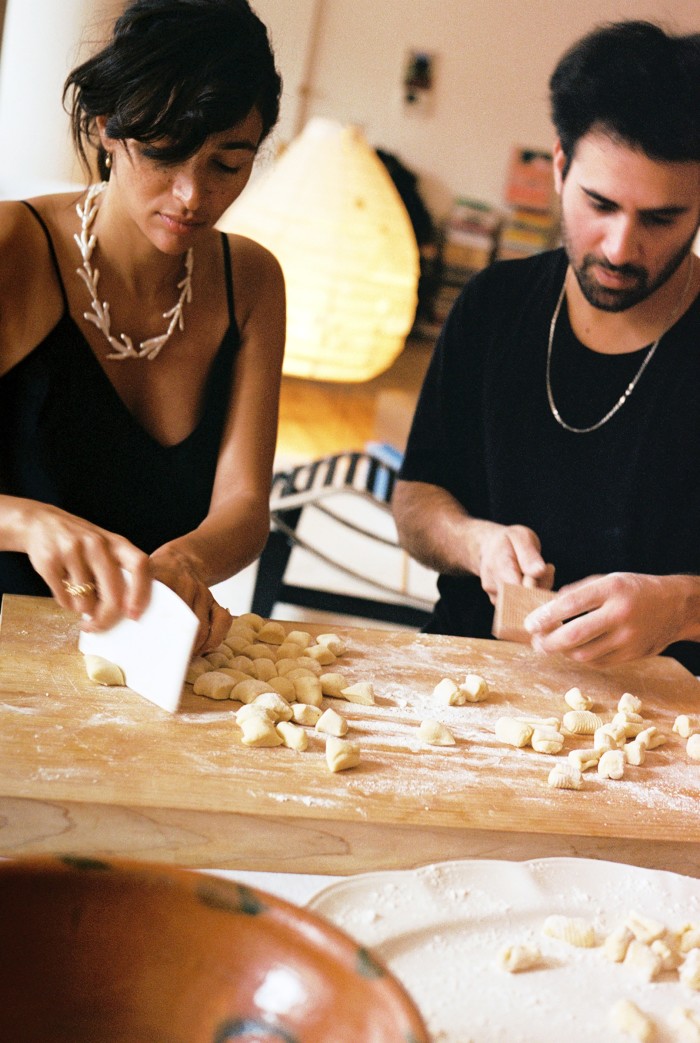
The type of potato is important. Go for a large, firm potato that is fluffy not waxy. Also, old potatoes are superior as they have less water, which you want to avoid. Most recipes I’ve seen call for the potatoes to be boiled, but Bruno advises baking them, which makes sense as it dries them out slightly. It’s also important to work fast while the potato is still hot, and not overwork the dough or knead it too much. This is where having many hands helps.
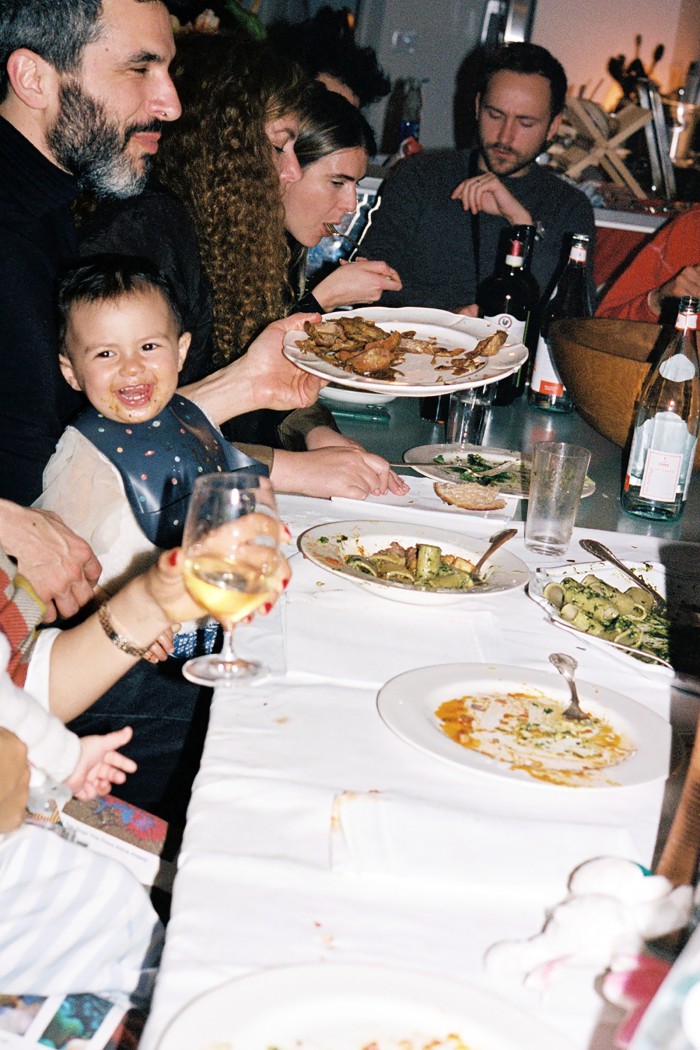
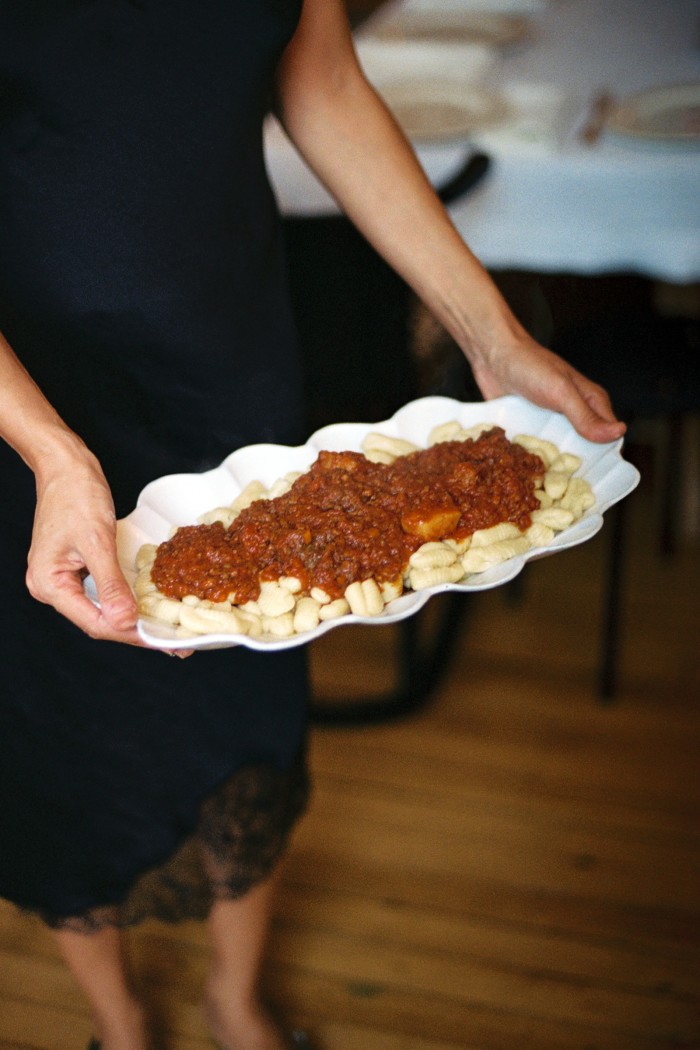
Once the dough is made, it is rolled into a log and chopped with a knife into little plump rectangles, and shaped using the back of a fork. We had a little wooden gnocchi board, which we used to roll a big batch of gnocchi for 20 friends. Although such a board is not necessary, people enjoyed the thrill of sliding each gnocco onto it. As they say, it’s the little things. The board (like a fork) creates ridges that allow the sauce to cling to the gnocchi. Speaking of sauce, we made two – a tocco, which is a meat-based sauce originally from Genoa and also popular in South America (where it is spelled tuco), and a traditional pesto Genovese.
My friends and I came together to make the gnocchi, but the only true agenda was to spend time with one another, as the afternoon flowed into the evening. Once friends are brought up to speed on each other’s lives is when the real conversations start happening. And they usually start about the same time that wine stains appear on the tablecloth, and the leftover ice cream has melted into a little puddle at the bottom of the bowl. These idle moments are small reminders of life’s simple, ordinary pleasures.
• Prick the potatoes with a fork, and roast in the oven at 180°C for 45 minutes or so, until they are soft through.
• While the potatoes are still warm, but cool enough to handle, peel them and pass through a food mill or ricer. Combine the butter with the grated cheese, salt to taste and add to the potato. Once smooth, add the eggs, then the flour bit by bit. It is important not to overwork the dough. Using a light touch, work the dough together till just combined. Allow the dough to rest for 30 minutes or longer if desired.
• On a floured surface, cut small amounts of dough and roll into a rope, then cut into 2cm pieces. Now slide each piece on the back of a fork to create ridges, or if you have a gnocchi board, use that. Sprinkle with flour so they don’t stick together.
• Bring a large pot of heavily salted water to a boil and drop the gnocchi in. Once they float to the top – after a couple of minutes – they are cooked. Drain and toss with sauce.
• On medium heat and in a large pot, cook the pancetta with 4tbsp of the olive oil in a pot until very light brown. Add the silverside and brown on all sides. Add the minced beef and pork and brown. (You may need to cook it in batches.)
• Once the meat is browned, add the onions, carrot and celery. Allow to cook for 10 minutes then add the garlic and bay leaves and season with salt and pepper.
• Add the wine and cook for five minutes until the alcohol evaporates.
• Crush the tomatoes by hand then add to the pot with the juice in the can.
• Lower the heat to minimum and cook down the sauce for about an hour and a half. If the sauce is getting too thick, thin with a little water.
• Finally, splash with a little vinegar and the remainder of the olive oil. Taste for salt. Toss with the gnocchi.
Comments